A Human Resource Management System is a software solution designed to automate various HR processes and tasks within an organization. It serves as a centralized platform for managing employee data, tracking performance, administering benefits, and facilitating communication between HR professionals, managers, and employees. It is a software tool organizations use to manage and control employee tasks. This tool however is shared by employees and management alike. By doing this employees stay engaged in work activities through participating in tasks like KPI and performance reviews.
Implementing a Human Resource Management System (HRMS), therefore, can significantly enhance employee engagement if utilized effectively. Here are some strategies to achieve that:
- Streamlined Communication: You can utilize the HRMS to facilitate transparent and efficient communication channels. This way, employees can access important information, policies, updates, and announcements easily. Incorporate features such as chat, forums, or internal social networks to encourage collaboration and sharing of ideas.
- Self-Service Options: an HRMS can empower employees by providing self-service functionalities. This allows them to update personal information, request time off, view pay stubs, and enroll in benefits without needing to go through lengthy administrative processes. This autonomy fosters a sense of control and ownership.
- Recognition and Rewards: Integrate a recognition and rewards system into the HRMS to acknowledge employees’ contributions and achievements publicly. This can include features like peer-to-peer recognition, badges, or points systems tied to performance metrics. Recognizing employees boosts morale and reinforces positive behaviors.
- Training and Development: You can utilize the HRMS to create personalized learning paths and training programs tailored to employees’ career goals and skill development needs. Provide easy access to online courses, webinars, and resources to foster continuous learning and professional growth. Employees who feel supported in their development are more engaged and committed.
- Performance Management: You can implement performance management tools within the HRMS to facilitate regular feedback, goal setting, and performance evaluations. Encourage ongoing conversations between managers and employees to discuss progress, challenges, and areas for improvement. Clear expectations and constructive feedback contribute to a sense of purpose and direction.
- Wellness Programs: Wellness initiatives and resources in the HRMS support employees’ physical and mental well-being. This can include access to wellness challenges, mindfulness exercises, health screenings, and resources for stress management. A focus on employee wellness demonstrates a commitment to their overall health and happiness.
- Surveys and Feedback Mechanisms: Use the HRMS to gather feedback from employees through surveys, polls, or suggestion boxes. Regularly solicit input on various aspects of the workplace, including satisfaction levels, organizational culture, and areas for improvement. Act on this feedback to demonstrate that employee opinions are valued and to drive positive changes.
- Community Building: Foster a sense of community and belonging through the HRMS by creating virtual spaces for employees to connect, share interests, and collaborate on non-work-related activities. This can include special interest groups, hobby clubs, or volunteering initiatives. Building relationships outside of work tasks strengthens employee engagement and loyalty.
- Data Analytics and Insights: You can leverage the data collected by the HRMS to gain insights into employee engagement levels, turnover rates, and other key metrics. Use this information to identify trends, pinpoint areas of concern, and make data-driven decisions to improve engagement initiatives continuously.
- Leadership Support and Alignment: Ensure that organizational leaders are actively involved in promoting employee engagement initiatives and that they lead by example. Encourage managers to use the HRMS effectively, communicate openly with their teams, and prioritize employee well-being and development.
By implementing these strategies and leveraging the capabilities of a Human Resource Management System effectively, organizations can create a culture of engagement where employees feel valued, supported, and motivated to contribute their best. If you are looking for a way to enhance your employee engagement, an HRMS is a good way to start. Visit us here to get more information.


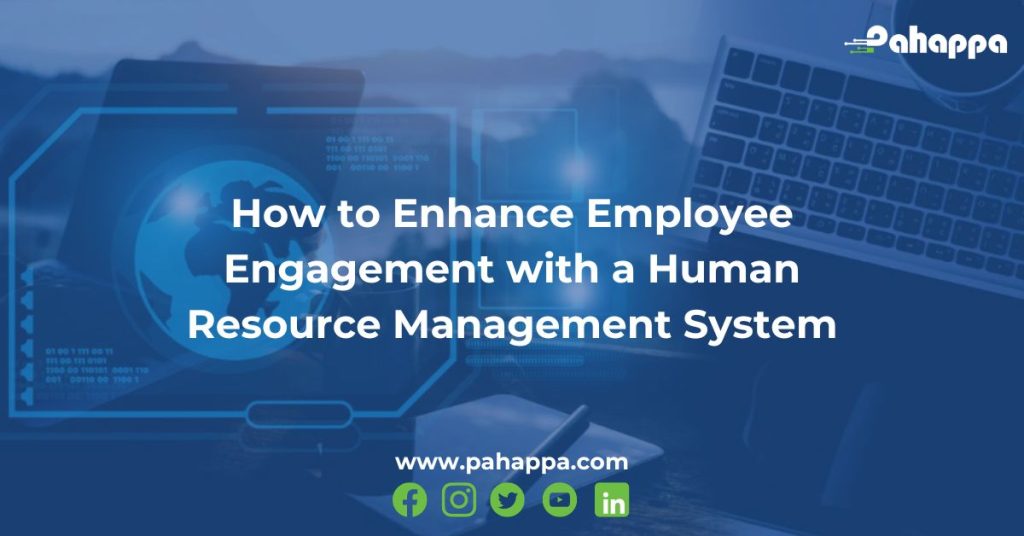

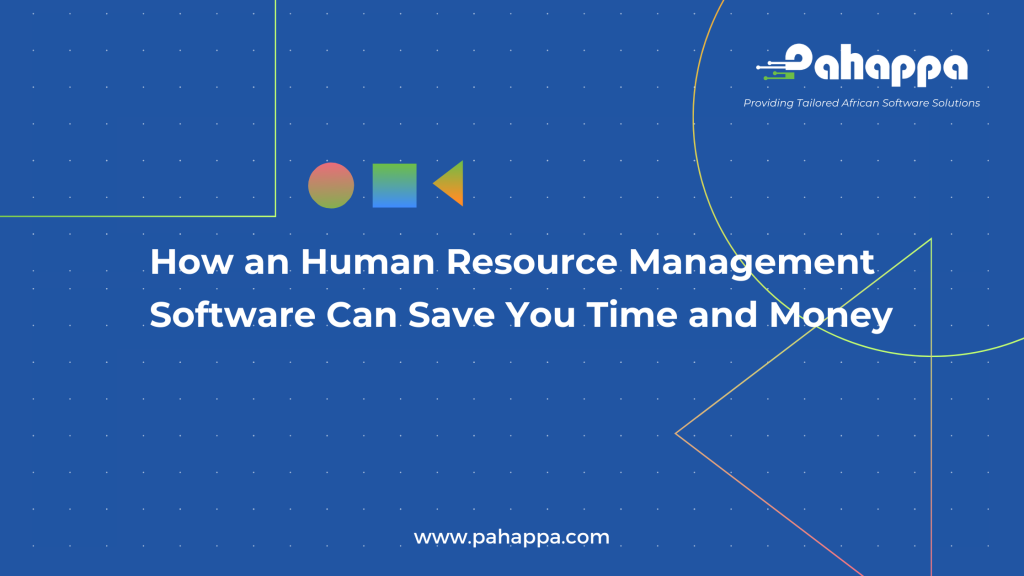
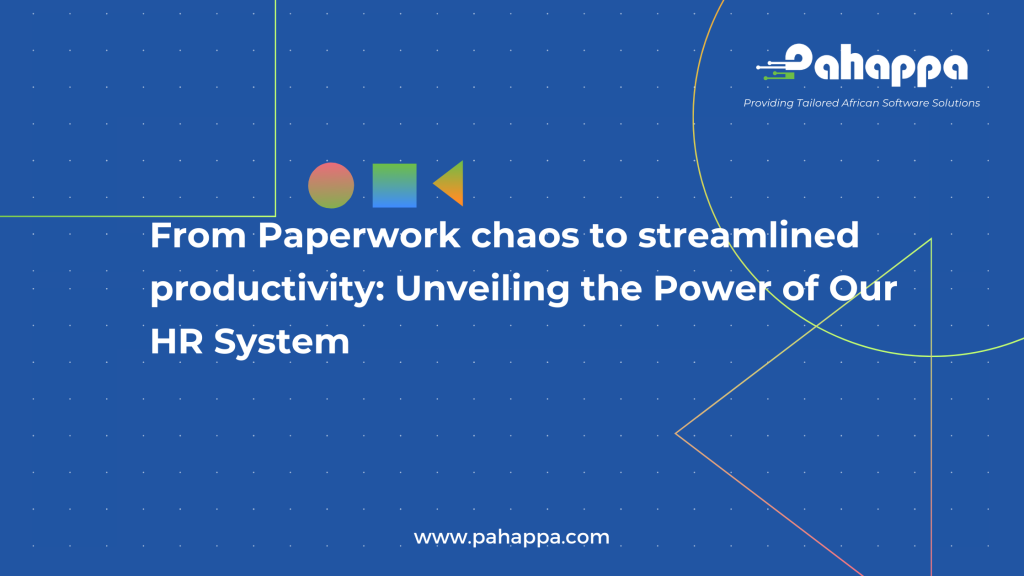
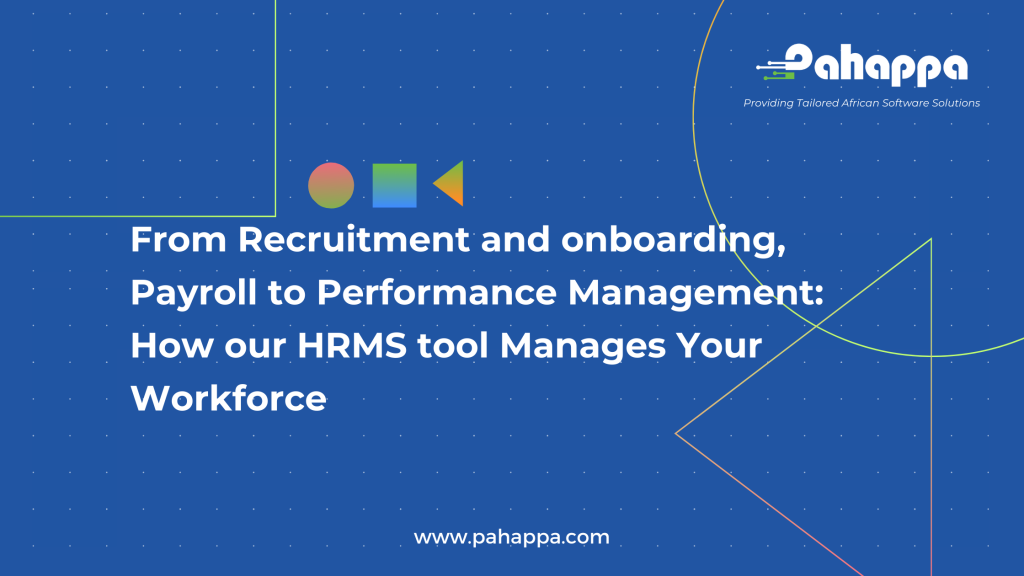
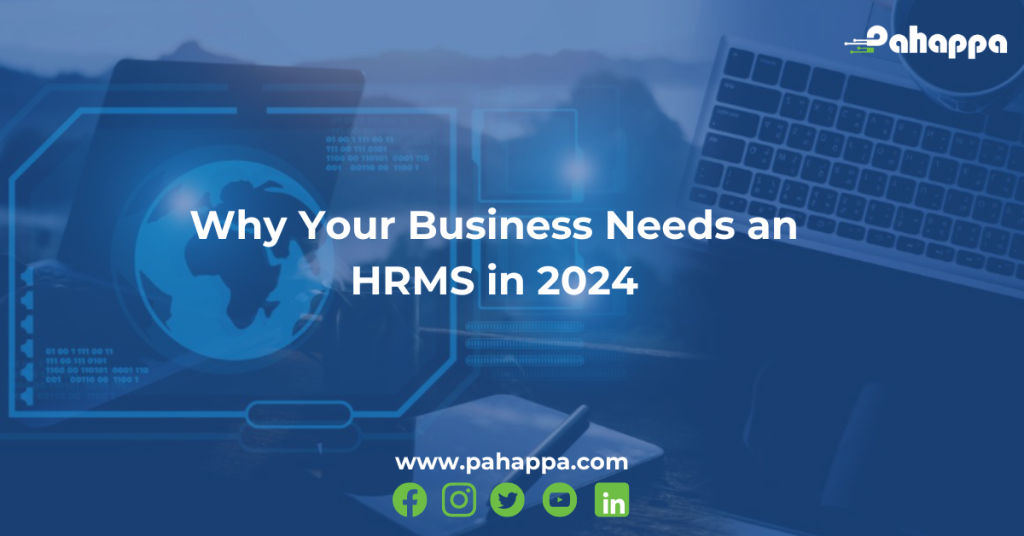
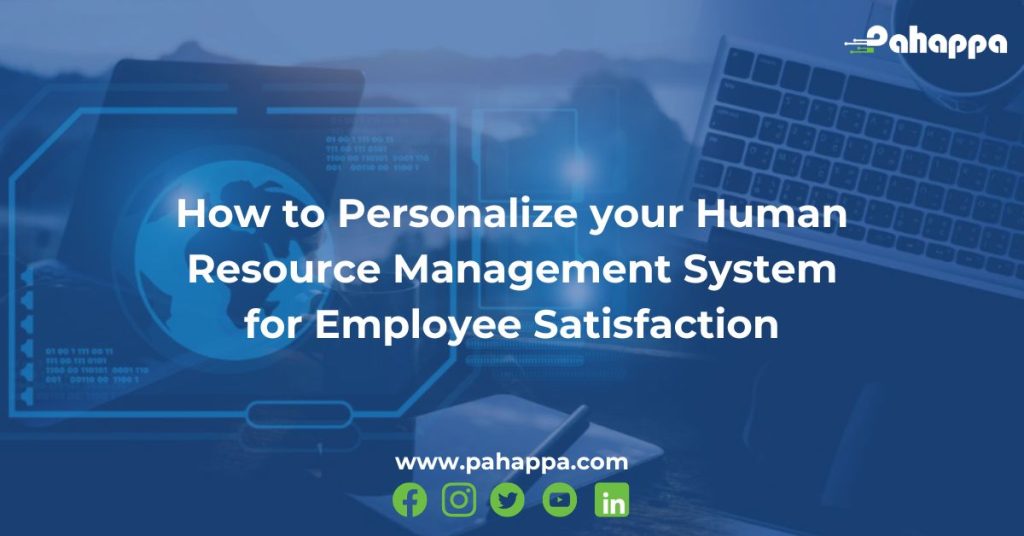



I do not even know how I ended up here but I thought this post was great I do not know who you are but certainly youre going to a famous blogger if you are not already Cheers